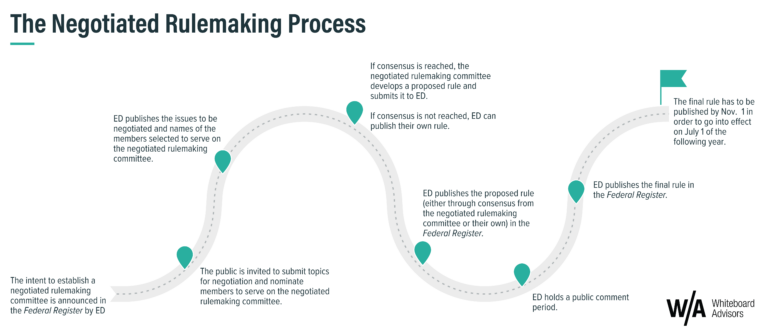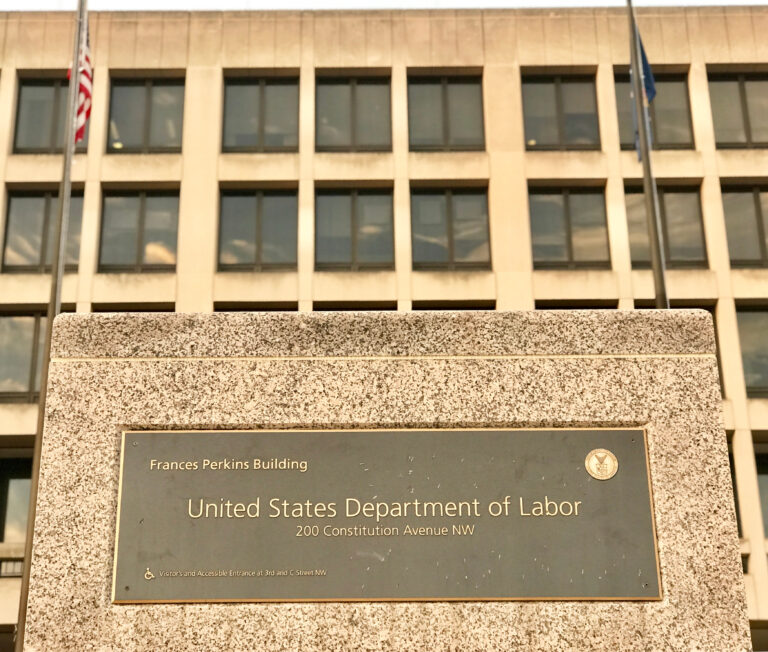Adaptive Learning is here, but it’s still just beginning. The National Education Initiative’s recent Summit on Adaptive Learning brought together 120 thought leaders ranging from policy makers, entrepreneurs, journalists, and institutional leaders to discuss the fate of adaptive learning. Read more
Adaptive Learning is here, but it’s still just beginning. The National Education Initiative’s recent Summit on Adaptive Learning brought together 120 thought leaders ranging from policy makers, entrepreneurs, journalists, and institutional leaders to discuss the fate of adaptive learning (a full summary of the summit’written by Dror Ben Naim, Founder and CEO of SmartSparrow‘can be found here). To kick off the event, the U.S. Department of Education’s Richard Culatta outlined his thoughts on the four major problems with our country’s education system.The first three wouldn’t shock anyone’we have too many adults with some college and no degree (31 million); there is a major readiness gap for many between high school and college; and of course, the out of control increases in college costs.But the fourth problem isn’t one that’s mentioned a lot’we don’t know who our students are’which becomes the critical element in solving the other three.
Personalization, or lack thereof, is the fundamental driver for any conversation on adaptive learning.Ι In order to make real-time adjustments to the learning experience for students, we must know who our students are and what will appeal to and work best for each one individually. One obstacle to personalized learning in this context is that the definitions in the adaptive learning space are widely varied and shaped by individual biases. That is why the summit emphasized the importance of defining the terms we use in adaptive learning conversations. For example, technology is central to a variety of definitions of adaptive learning, but the questions and comments that panelists and participants raised at the summit indicated that in addition to technology it is critical to consider learning objectives and change management strategies as we look to the future of adaptive learning.
Panelists representing adaptive learning solutions emphasized that outcomes are critical to adaptive learning. They proposed addressing learning problems first, and hunting for the technology to make the solution reliable, accessible, and data-rich second. In other words, the technological piece is important, but adaptive learning requires prioritizing learning objectives.ΙIt is imperative to first focus on what you are trying to accomplish through adaptive learning as opposed to how to accomplish it through technology.
From the institutional perspective, MJ Bishop, Director of the William E. Kirwan Center for Academic Innovation at the University System of Maryland, explained that being approached by so many different technologies can be overwhelming. While there seems to be no shortage of technological options to address personalized learning, one of the salient challenges that remains when implementing adaptive learning strategies is the process of using it. Karen Vignare, Vice Provost of the Center for Innovation in Learning and Student Success at the University of Maryland, affirmed that even in places where the administration, faculty, and program chairs are accepting and supportive of adaptive learning implementation, the change management process is difficult.
The lesson here is that teacher and implementer, therefore, become the critical components.Ι In the words of panelist Douglas Walcerz, Vice President of Planning, Research, and Assessment at Essex County Community College, We have been so focused on technology and content that we have forgotten about the other bit.
The future of adaptive learning, therefore, is rooted in accepting that we need solve Richard Culatta’s fourth problem’once we know our students we can truly start to transform learning experiences. We are beginning to see this evolution and its potential fruit now through the Department’s efforts around competency based education, where leading institutions like Southern New Hampshire University and Capella University are using direct assessments to move away from the credit hour and finally tie credits fully to learning as opposed to just time.
The summit demonstrated the power behind the nation’s leading minds coming together.Ι In the end, no solitary foundation, company, association, or institution is going to solve our education system’s biggest challenges, but together we can have the conversations needed to show what we have accomplished, what problems remain, and what we can achieve moving forward if we work collaboratively.
Next up for National Education Initiative is National Education Week from November 9th-11th. To learn more, click here.



